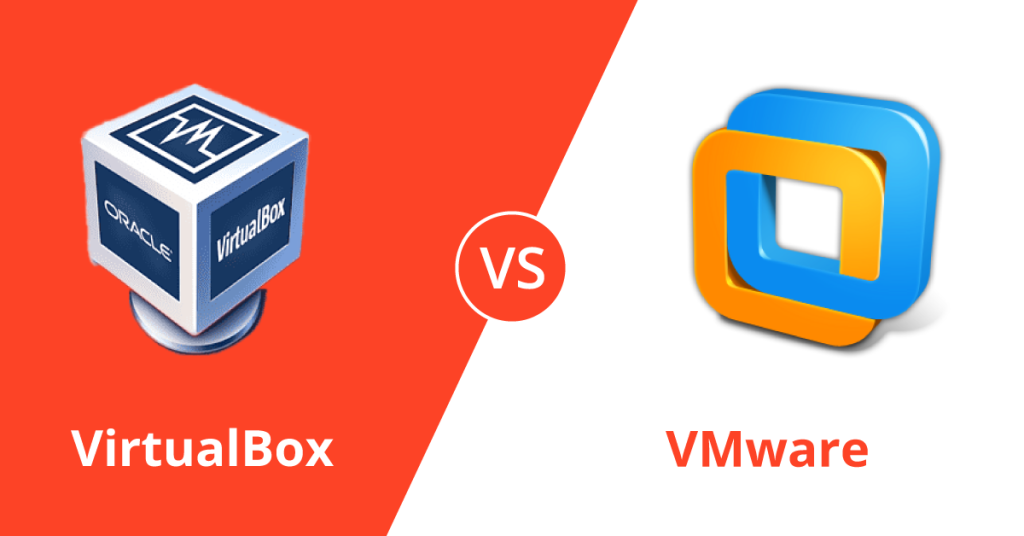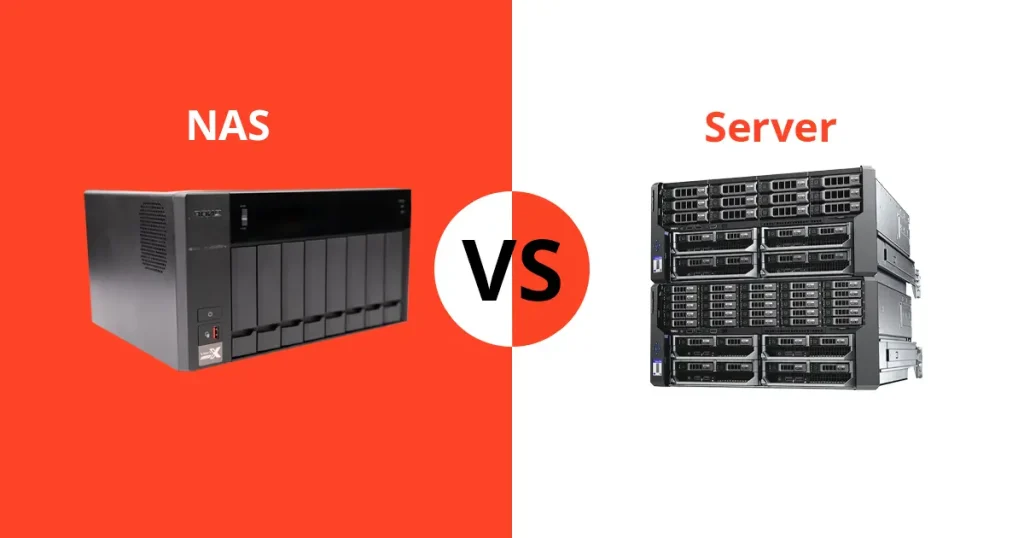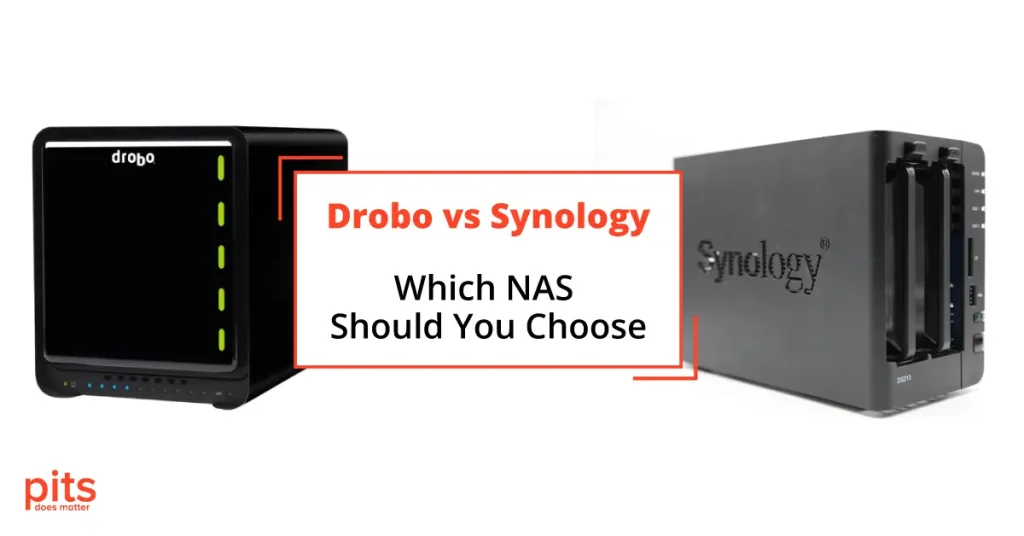When considering the selection of a storage drive for your computer system, there are two primary types of drives from which to choose: Solid State Drives (SSDs) and Hard Disk Drives (HDDs). The type of drive represents the most fundamental distinction between solid-state drives (SSDs) and hard disk drives (HDDs). An SSD is a non-mechanical device that stores data on flash memory.
These two drive types differ in various aspects, including the drive mechanism, speed, performance, and reliability. This article aims to elucidate the key dissimilarities between SSDs and HDDs to aid you in making an informed decision.
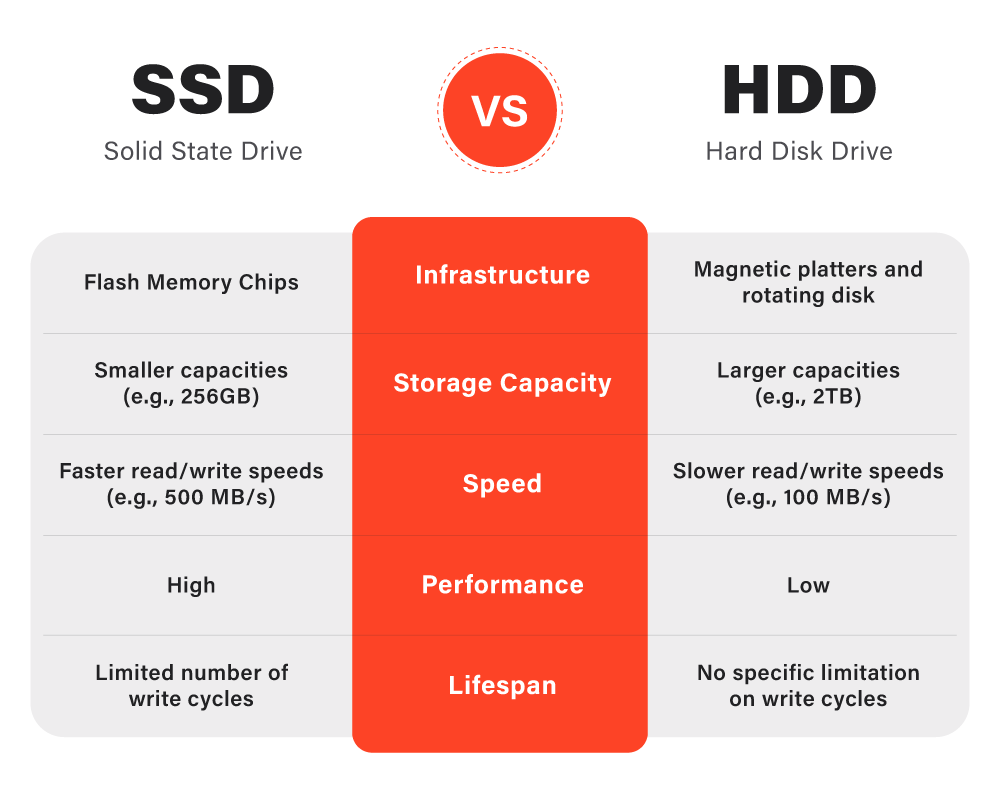
HDD vs. SSD Infrastructure
The moving components of an HDD are responsible for the reading and writing of data from spinning disks. The disks rotate at high speeds, and the read/write head traverses the platters to access stored data. This movement generates considerable heat and friction, leading to wear and tear over time. The actuator arm governs the motion of the read/write head, adding to the mechanical complexity of the drive. Conversely, SSDs utilise flash memory to store data.
Flash memory is a non-volatile form of memory that retains data even when power is disconnected. SSDs have no moving parts and rely on electrical circuits to access the data stored on the drive. This design results in faster access times, lower power consumption, and reduced susceptibility to damage caused by shock or vibrations.
The absence of moving parts in SSDs also translates to reduced noise and heat compared to HDDs. As a result, SSDs are a superior choice for laptops as they help minimise heat buildup, leading to prolonged battery life and enhanced overall performance.
SSD vs. HDD Storage Capacity
Storage capacity is a critical consideration when deciding between an HDD and an SSD. HDDs have long been the preferred option due to their substantial storage capacity. With the capability to store up to several terabytes of data, they are ideal for users with substantial storage needs, such as those dealing with high-resolution images, videos, and games. The greater capacity also makes them a popular choice for servers that necessitate vast storage space.
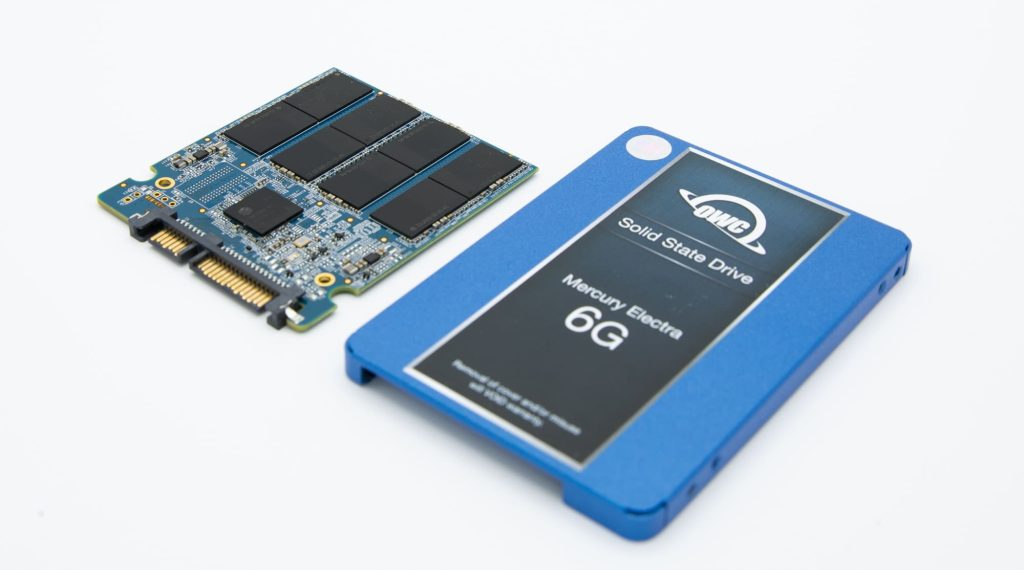
On the other hand, SSDs have traditionally been associated with limited storage capacity. However, with technological advancements, the storage capacity of SSDs has steadily increased over the years.
At present, the highest capacity SSD available on the market is around 4TB, which still falls significantly short of the maximum storage capacity of hard drives. Nevertheless, the storage capacity of SSDs is often more than adequate for the average user who does not require vast amounts of storage space.
It is worth noting that SSDs can be more expensive per unit of storage compared to HDDs. Therefore, for users who require vast storage space, an HDD may present a more cost-effective option. However, for users prioritising speed and reliability, an SSD is the preferred choice.
HDD and SSD: Speed and Performance
The disparity in speed and performance between SSDs and HDDs is considerable. Since SSDs lack any mechanical components, they operate at a much higher speed than HDDs. The absence of spinning platters and read/write heads allows SSDs to access and transfer data much faster. Additionally, SSDs exhibit faster read and write speeds, enabling them to process data significantly more rapidly than HDDs. This renders SSDs ideal for running applications and operating systems that require high speed and performance, such as gaming, video editing, and graphic design.
In contrast, HDDs have slower read and write speeds due to their mechanical components. The read/write head must physically move to the location of the data on the spinning platters, which can result in delays.
This can lead to longer load times for applications and operating systems, which can prove frustrating for users. Nonetheless, HDDs remain practical for storing large files, such as videos and photos, due to their high storage capacity.
Wear and Tear - Solid-State Drive vs Hard Disk Drive
The lack of moving parts in SSDs not only enhances their speed and performance but also contributes to their durability. Unlike HDDs, which rely on spinning disks and read/write heads for data access, SSDs utilise non-volatile flash memory.
Consequently, SSDs remain unaffected by mechanical failures that can occur in HDDs, such as disk fragmentation or head crashes. Moreover, SSDs remain resilient in the face of environmental factors such as shock or vibration, making them well-suited for use in portable devices such as laptops and tablets.
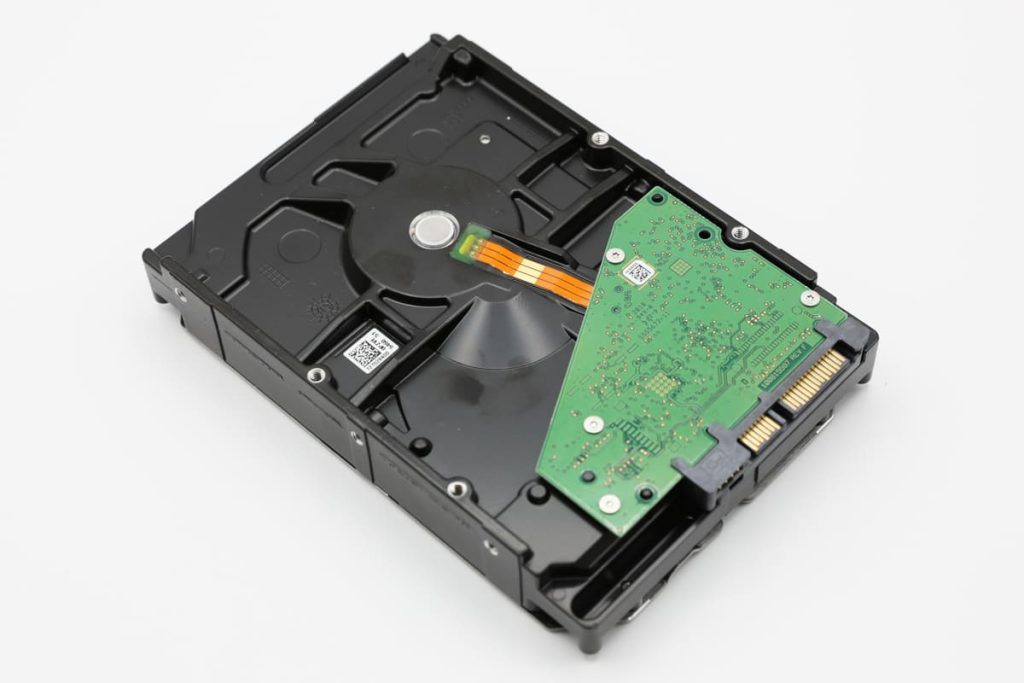
Furthermore, SSDs boast a longer lifespan than HDDs due to the absence of moving parts that can wear out over time. This means that SSDs can remain operational for many years, even with frequent use. Overall, the lack of moving parts in SSDs enhances their reliability and reduces their susceptibility to failure in comparison to HDDs.
In conclusion, the choice between an SSD and an HDD hinges on your specific needs and preferences. If you require high-speed performance and reliability, an SSD represents the superior option. However, if you prioritise vast storage capacity and are comfortable with slower read and write speeds, then an HDD may be the right fit for you. Ultimately, your specific requirements and budget will determine the optimal choice.
Frequently Asked Questions
What sets apart HDD and SSD in terms of technology?
HDD (Hard Disk Drive) and SSD (Solid-State Drive) are two distinct storage devices employing different technologies. HDDs utilise spinning disks (platters) and mechanical read/write heads to store and access data, whereas SSDs employ flash memory chips, which lack moving components, for data storage.
Which drive exhibits superior speed, HDD or SSD?
SSDs surpass HDDs significantly in speed. The absence of moving parts allows SSDs to access and retrieve data almost instantaneously, leading to quicker boot times, application launches, and overall system responsiveness. On the other hand, HDDs, due to their mechanical nature, exhibit slower data access and transfer speeds.
Which drive offers greater durability, HDD or SSD?
SSDs demonstrate greater durability compared to HDDs. As SSDs lack moving parts, they are less prone to mechanical failures caused by impacts, jolts, or vibrations. Conversely, HDDs employ spinning platters and mechanical read/write heads, rendering them vulnerable to damage if mishandled or subjected to physical shocks.
Which drive boasts a longer lifespan, HDD or SSD?
SSDs generally enjoy a longer lifespan than HDDs. While both types of drives can endure for numerous years, SSDs can sustain a higher number of read/write cycles before experiencing degradation. Nonetheless, it is vital to note that the lifespan of an SSD also hinges on factors such as the quality of the flash memory and usage patterns.
Can I replace my HDD with an SSD?
Indeed, in most cases, you can replace your HDD with an SSD. However, it is imperative to ensure that your system supports the interface (e.g., SATA, NVMe) employed by the SSD and that you possess the necessary connectors and mounting options. Additionally, you will need to reinstall the operating system and transfer your data to the new SSD.
We’re Here to Help
Our experienced team is committed to helping you recover your critical data. No matter the situation, we work diligently to ensure the best possible outcome. Take action now and let us restore what’s important to you.
Start Recovery Process
"*" indicates required fields
